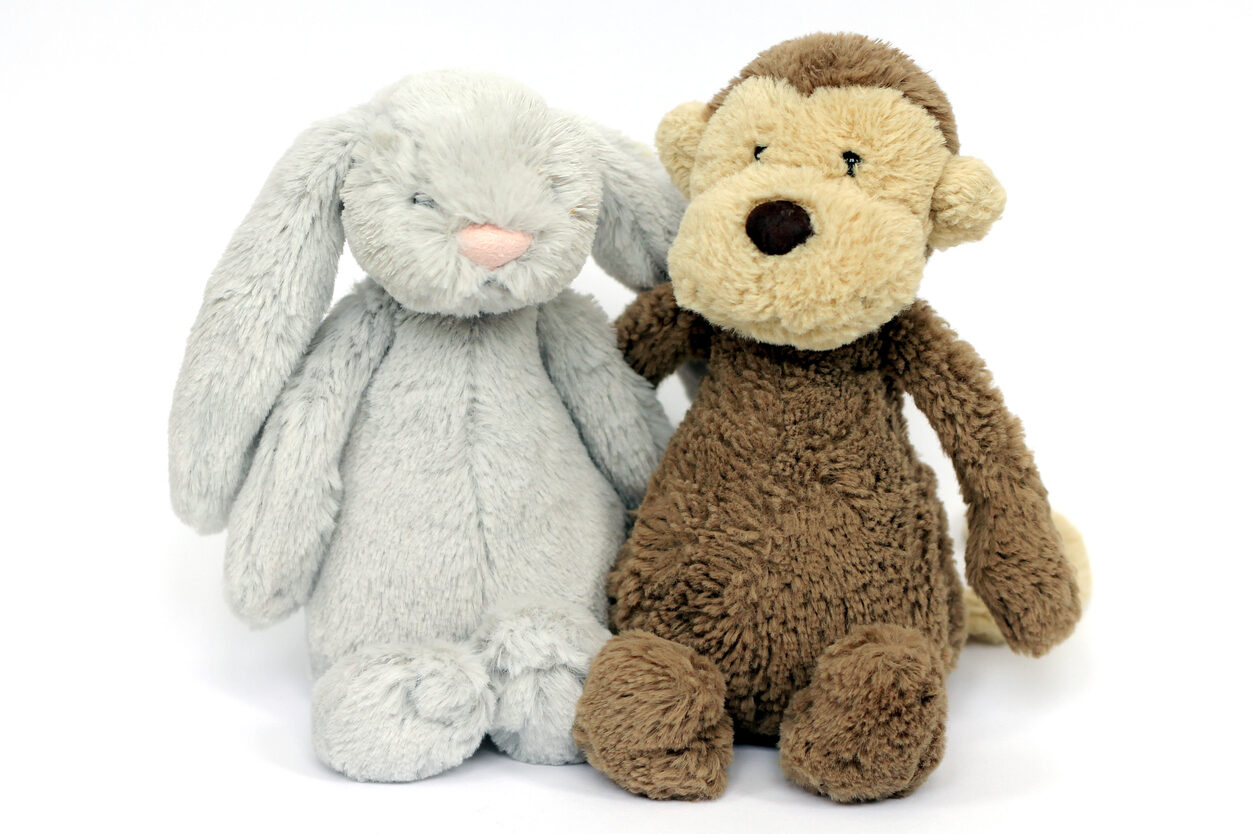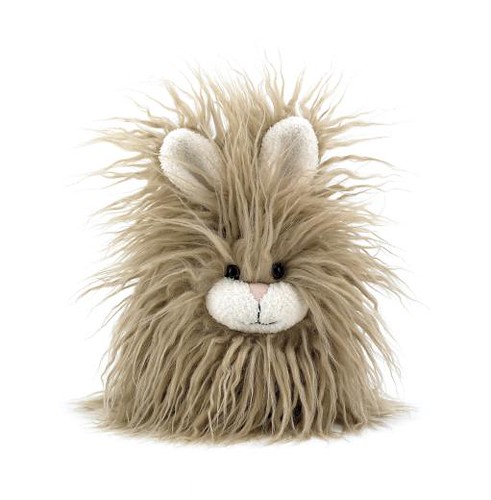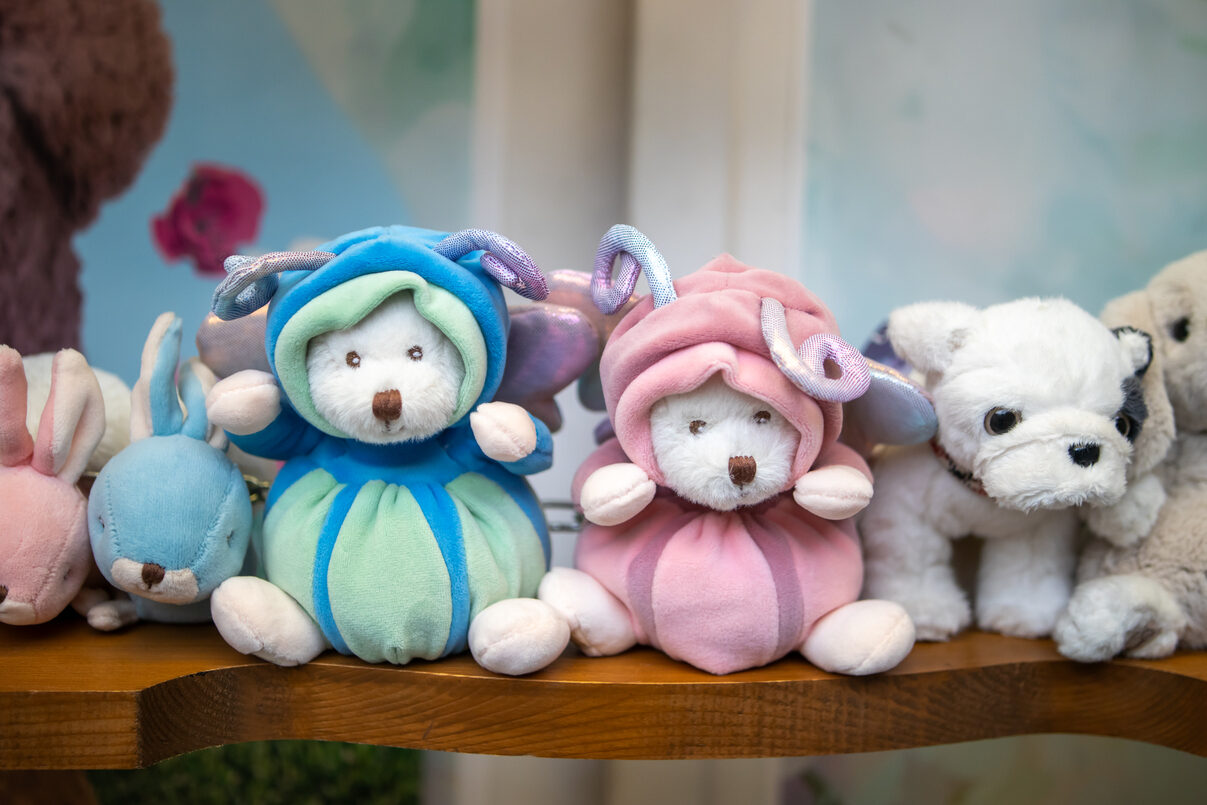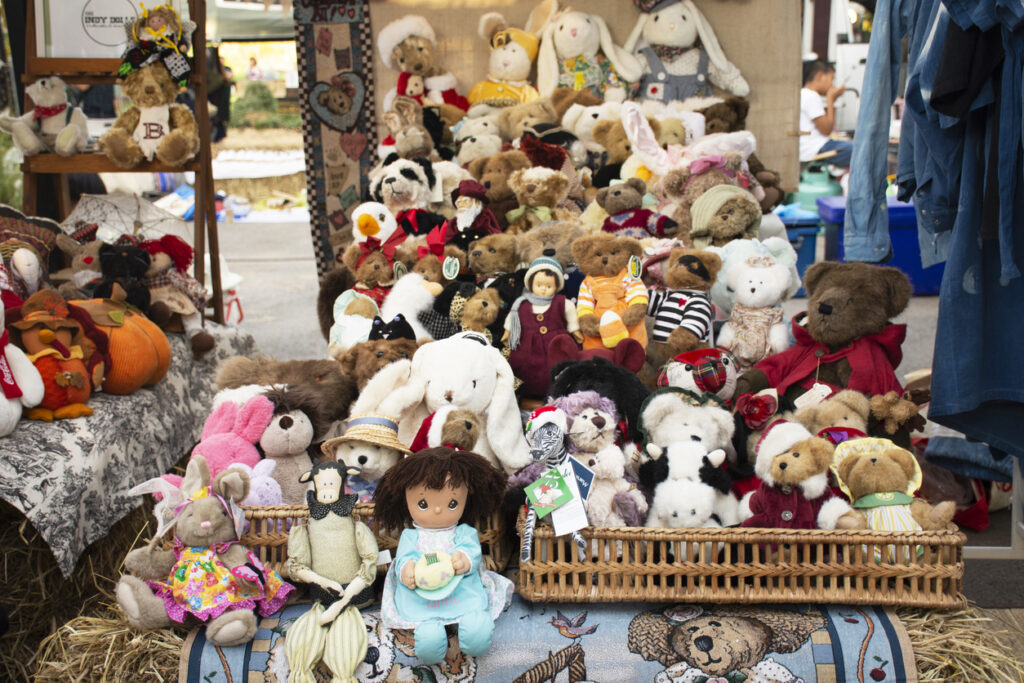1. A Soft, Squishy Obsession

There’s something about Jellycat plushies that makes people fall head over heels for them. Maybe it’s their incredibly soft fabric, the whimsical designs, or the fact that they exude a level of charm that feels almost human. Whatever the reason, these stuffed animals have become more than just toys—they are collectibles, comfort objects, and, for some, even status symbols. Just like the Beanie Babies craze of the ‘90s, the Jellycat phenomenon is fueled by a mix of nostalgia, limited editions, and a community of dedicated fans eager to snatch up the latest releases.
The demand for certain Jellycat plushies has skyrocketed, with rare or discontinued designs selling for several times their original price on resale platforms. Some collectors seek out specific animals, while others hoard entire lines like the Amuseable collection, known for its quirky smiling food items. It’s not just kids who love them; adults have embraced Jellycats as part of their cozy, aesthetic-driven lifestyles. Social media has only amplified the craze, with influencers showcasing their growing collections and creating unboxing videos that rack up thousands of views.
2. The Jellycat Aesthetic

One of the biggest reasons for Jellycat’s success is its unique aesthetic. Unlike traditional plush toys that stick to realistic animal designs, Jellycat leans into whimsy. A stuffed avocado with tiny feet? A sleepy octopus with a goofy grin? A bashful bunny with oversized ears? These are the kinds of plushies that capture people’s hearts. Their slightly floppy bodies and soft, muted color palettes make them feel more like designer toys than basic stuffed animals.
Jellycat plushies fit seamlessly into the cozy, slow-living movement that has become popular in recent years. They are often featured in carefully curated Instagram posts alongside candles, books, and warm cups of tea, adding to their appeal as objects of comfort and self-care. Unlike Beanie Babies, which had an intentional investment-driven hype, Jellycats are loved for their playfulness and charm. That hasn’t stopped some from hunting down rare finds and treating them as collector’s items, though.
3. Limited Editions and Rarity

Part of the thrill of collecting Jellycats comes from their limited availability. Certain designs are produced for only a short time, making them highly sought-after once they are discontinued. Fans scour specialty toy stores, boutique gift shops, and online retailers in the hopes of snagging rare finds before they disappear. When a Jellycat is retired, prices can soar on resale markets, with some plushies fetching hundreds of dollars simply because they are no longer in production.
This cycle of scarcity and demand fuels the community’s excitement, creating a sense of urgency around each new release. Collectors keep close tabs on upcoming launches and rush to pre-order before items sell out. Some designs, like the long-legged dragons or quirky sea creatures, develop cult followings, with fans trading tips on where to find them. The element of exclusivity, combined with the undeniable charm of the plushies, keeps the Jellycat craze going strong.
4. The Social Media Factor

Social media has played a huge role in Jellycat’s rise to fame. Platforms like TikTok, Instagram, and Pinterest are flooded with adorable Jellycat-themed content, from unboxing videos to plushie-themed aesthetic posts. Many collectors use these platforms to showcase their favorite finds, create little stories around their plushies, and even assign them personalities. This level of engagement adds to the emotional attachment people feel toward their collections.
Unlike the Beanie Babies craze, which relied heavily on in-person retail hunts, the Jellycat phenomenon thrives online. Dedicated fan pages track new releases, share shopping tips, and even organize trades to help collectors find their dream plushies. Some influencers have built entire followings around their Jellycat collections, further fueling the trend. The combination of exclusivity, nostalgia, and online community support has turned these plushies into more than just toys—they’re a lifestyle.
5. A Nostalgic Comfort

At its core, the Jellycat craze is rooted in nostalgia. Many adults who grew up with plush toys find themselves drawn to these soft, quirky characters as a way to reconnect with childhood joy. There’s something deeply comforting about holding a well-loved stuffed animal, and Jellycats take that feeling to a new level with their irresistibly soft textures and endearing expressions. In a world that often feels stressful and fast-paced, these plushies provide a simple, tangible source of comfort.
For some, collecting Jellycats is more than just a hobby—it’s a form of emotional self-care. Whether it’s a floppy-eared bunny that reminds someone of their childhood stuffed animal or a smiling croissant that brings a bit of whimsy to their desk, these plushies create small moments of happiness. They also make thoughtful gifts, as their unique designs and high-quality feel make them stand out from generic stuffed animals. This emotional connection is a huge part of why people continue to seek out new and rare designs.
6. The Resale Market Boom

Just like Beanie Babies, Jellycats have developed a strong resale market, with rare and retired plushies fetching high prices. Some collectors treat them as investments, carefully storing them in pristine condition while keeping an eye on market trends. Others buy and sell based purely on personal preference, trading plushies within online communities to complete their collections. The resale market has turned some Jellycat designs into highly coveted treasures, with prices reaching hundreds of dollars for discontinued models.
However, unlike the Beanie Baby bubble, which eventually burst, Jellycats seem to have a more sustainable appeal. While some people do buy them with the intention of reselling, most collectors are in it for the joy of owning and displaying their favorite plushies. The brand also continues to release new designs at a steady pace, keeping the excitement alive without overwhelming the market. As long as demand remains high and new fans continue to discover them, the Jellycat craze shows no signs of slowing down.
7. More Than Just a Trend

While some toy fads come and go, Jellycats have proven to be more than just a passing trend. Their unique blend of high-quality craftsmanship, limited availability, and undeniable charm makes them a lasting favorite among collectors and casual fans alike. Unlike the Beanie Babies boom, which was largely driven by speculation and investment, Jellycats thrive on genuine love and appreciation. People don’t just collect them—they bond with them, name them, and integrate them into their daily lives.
The future of the Jellycat craze is bright, with new designs continuing to capture the hearts of fans worldwide. Whether they remain a niche collectible or evolve into an even bigger phenomenon, one thing is clear: these plushies have carved out a special place in pop culture. As long as people seek comfort, nostalgia, and a little bit of whimsy in their lives, Jellycats will continue to bring smiles to faces young and old.


